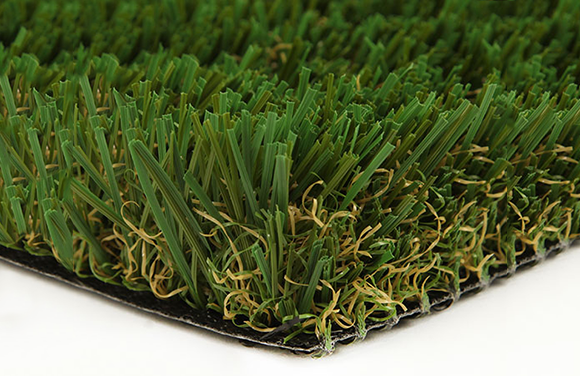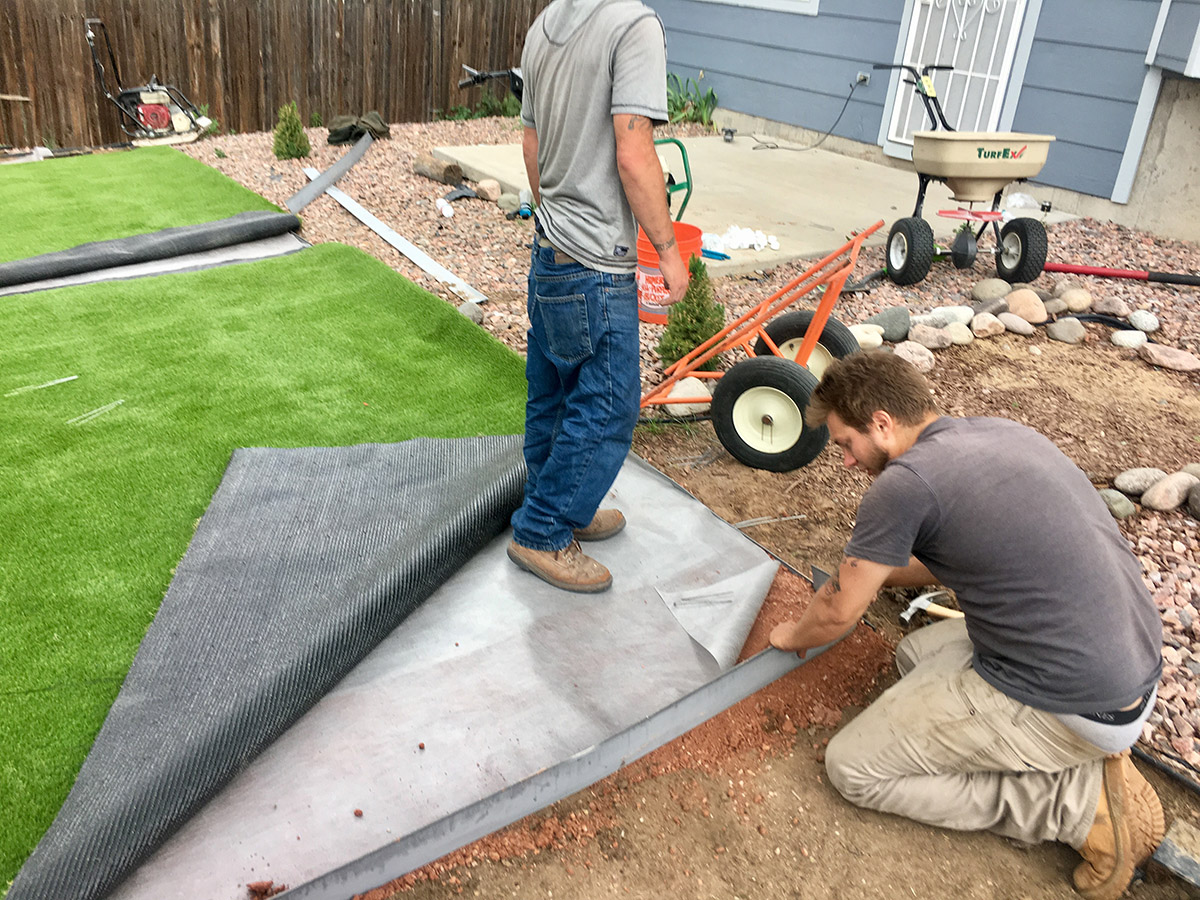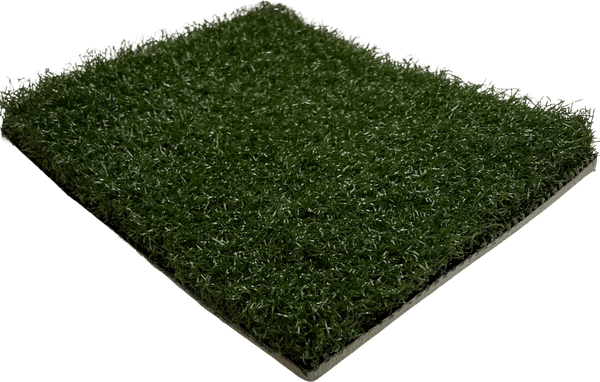Highly-Ranked Phoenix Turf Companies Focusing on Synthetic Grass Solutions
Highly-Ranked Phoenix Turf Companies Focusing on Synthetic Grass Solutions
Blog Article
Look Into the Environmental Perks of Opting for Synthetic Grass Solutions
The fostering of artificial grass solutions provides an engaging opportunity to resolve pressing environmental obstacles. By substantially lowering water use and decreasing the application of harmful chemicals, these choices not only promote sustainable landscape design yet also protect neighborhood environments.
Water Conservation Benefits
Among the most substantial benefits of synthetic turf is its capacity to save water. Standard lawn lawns require significant watering, specifically in areas vulnerable to dry spell or water constraints. In comparison, synthetic grass does not need watering, significantly decreasing the general demand for water resources. This feature is particularly useful in deserts where water scarcity is a pressing concern.
By getting rid of the need for normal watering, synthetic lawn adds to sustainable landscape methods and aids mitigate the environmental effect of extreme water usage. The conservation of water expands to the decrease of overflow, which can lead to dirt disintegration and waterway contamination.
Additionally, the installation of synthetic grass allows homeowners and municipalities to allocate water sources extra successfully, concentrating on essential uses such as drinking water and agriculture. The change in the direction of synthetic grass not only advertises accountable water usage yet likewise straightens with broader ecological objectives focused on maintaining natural deposits.
As areas significantly prioritize sustainability, the water preservation advantages of synthetic grass offer a compelling situation for its adoption in household and commercial landscaping projects.
Lowered Chemical Usage
The shift to synthetic grass dramatically lowers the reliance on chemical treatments commonly made use of in natural grass maintenance. Typical lawn monitoring typically involves the application of herbicides, pesticides, and plant foods to advertise development and control insects. These chemicals can pose dangers to human health and wellness, neighborhood wild animals, and the setting, adding to soil and water contamination.
On the other hand, synthetic grass removes the need for these hazardous substances. As soon as set up, it calls for minimal upkeep, largely including routine cleansing and occasional infill replenishment. This decrease in chemical usage not only profits the prompt setting but additionally adds to broader environmental stability. By minimizing the release of synthetic substances right into the ecosystem, fabricated lawn advertises much healthier soil and water systems.
Furthermore, the absence of chemical drainage connected with synthetic grass setups assists safeguard neighborhood waterways from pollution, sustaining water life and maintaining biodiversity. Arizona artificial turf. As communities progressively prioritize lasting methods, deciding for synthetic grass provides a practical service that aligns with environmental conservation goals. With this shift, homeowner can appreciate lavish green rooms without endangering eco-friendly wellness, paving the way for an extra lasting future
Reduced Carbon Footprint

Additionally, the installment of fabricated turf can result in significant water conservation. All-natural yards require substantial quantities of water for irrigation, which not only includes in the carbon impact associated with water removal and treatment yet also pressures regional water sources. On the other hand, synthetic grass requires very little maintenance, requiring no watering, consequently significantly minimizing water use and its linked energy prices.
Additionally, the long life of artificial turf adds to its decreased carbon impact. With a life-span of as much as 15 years or even more, the demand for constant substitutes is lessened, resulting in less waste and reduced energy consumption in production and getting rid of conventional yard choices. Overall, synthetic lawn provides a lasting alternative for ecologically mindful click for more info landscaping.
Habitat Conservation
Habitat conservation is a critical consideration in the debate over landscaping choices, specifically when contrasting look at this now synthetic grass to all-natural turf. Natural turf yards often require substantial upkeep, consisting of the use of herbicides, chemicals, and fertilizers, which can adversely influence regional communities. These chemicals can seep right into the soil and waterways, hurting native flora and fauna and disrupting neighborhood habitats.
In comparison, synthetic grass provides a chance to reduce the environmental footprint of landscape design. By going with artificial turf, home owners can minimize the interruption of all-natural environments connected with conventional yard care methods. Synthetic lawn eliminates the demand for harmful chemicals, therefore protecting close-by wild animals and preserving the integrity of bordering environments. The installment of artificial lawn can lead to the conversion of previous yard locations into more biodiverse landscapes, such as pollinator yards or indigenous plant areas, which can sustain neighborhood wild animals.
Ultimately, the shift to synthetic grass not only saves water and reduces maintenance efforts but likewise fosters a more unified connection between human tasks and the native environment, advertising habitat preservation at the same time.
Long-Term Sustainability
Long-term sustainability is a crucial consider evaluating the advantages of man-made lawn over typical grass lawns. One of the most significant advantages of fabricated turf is its toughness; it can last as much as 15-20 years with marginal maintenance, whereas natural turf requires regular reseeding and replacement. This long life lowers the requirement for constant sources, such as water, plant foods, and chemicals, which are essential for maintaining a healthy and balanced grass yard.
In addition, synthetic grass adds to a decrease in carbon emissions related to grass care devices. Traditional grass usually require gas-powered lawn mowers, trimmers, and blowers, every one of which add to air contamination. Arizona turf. In comparison, synthetic grass removes the requirement for such equipment, advertising a cleaner setting
Additionally, the production of synthetic lawn progressively makes use of recycled materials, enhancing its sustainability account. As makers take on green practices, the environmental footprint of man-made lawn proceeds to reduce.

Final Thought
The fostering of synthetic grass options presents considerable environmental benefits, consisting of significant water conservation, reduced reliance on damaging chemicals, and a lower carbon footprint. Man-made turf aids in maintaining natural environments by minimizing land disturbance and promoting long-lasting sustainability via the usage of sturdy materials. Collectively, these variables emphasize the capacity of synthetic grass to contribute positively to environmental health and wellness and offer a sensible option to conventional landscaping methods in a significantly resource-conscious globe.
In comparison, synthetic lawn does not need watering, dramatically lowering the overall need for water resources. By lessening the release of artificial compounds into the ecosystem, fabricated lawn promotes healthier dirt and water systems.
In addition, the installment of artificial grass can result in substantial water preservation. In contrast, man-made turf needs very little maintenance, requiring no watering, therefore substantially minimizing water use and its connected energy costs.

Report this page